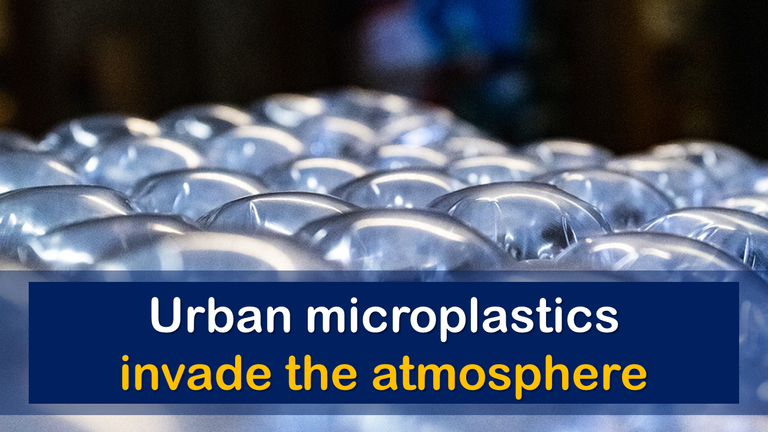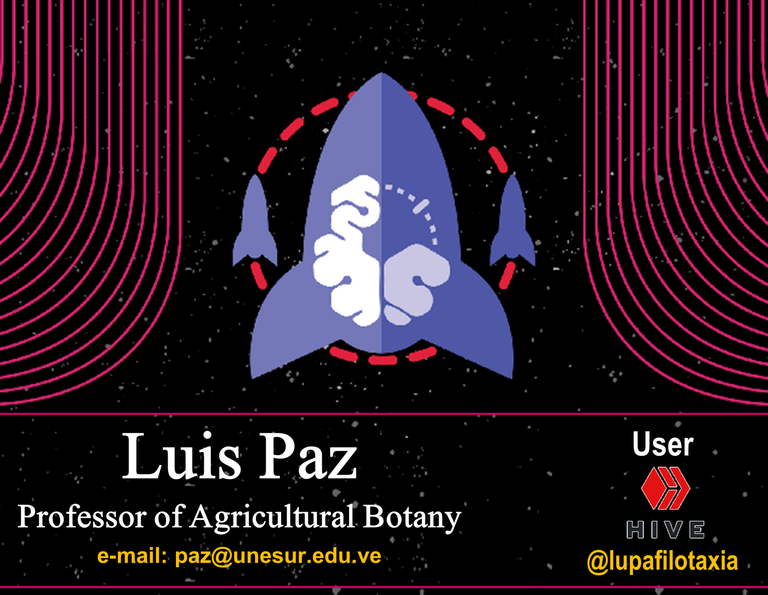Urban microplastics invade the atmosphere

Greetings dear friends of Projecto.HOPE, who hasn't experienced that day after day when checking news portals we find hundreds of critical warnings about the inevitable environmental crisis caused by the means of production established in the current context of modernity, whose processes of production and transformation of products is generated through the use of highly polluting synthetic substances.
Among the highly polluting synthetic substances used in the manufacture and transformation of everyday products are bisphenols, phthalates and, fundamentally, heavy metals, which in essence are extremely dangerous to health, but at the same time represent environmental threats, since products based on these substances disintegrate when they lose their useful life and generate small fragments of microplastics that pollute the air we breathe.
In this regard, research published in Nature Geoscience has been warning about the presence of microplastics in the atmosphere, and how they can affect the metabolism of the group of microorganisms that produce part of the oxygen on our planet.
Therefore, it is clear that the industrial sector that produces plastic based on bisphenols, phthalates and heavy metals is the main responsible for greenhouse gas emissions, and the worst thing is that the studies published in Nature Geoscience reveal that the figures for the last two years are the highest in relation to the historical average.
The most important element in the current context of environmental deterioration is that microplastics of urban origin are invading the atmosphere, because the huge buildings break the conventional route of plastic, hence the plastic waste generated in urban agglomerations are ascending into the atmosphere.

Fig. 2 Plastic waste generated in urban agglomerations rises into the atmosphere. Image of public domain, Author: Raggio5, 2014
BIBLIOGRAPHICAL REFERENCES CONSULTED:
[1] Allen S., Allen D., Phoenix V., and Roux G Atmospheric transport and deposition of microplastics in a remote mountain catchment. Nature Geoscience. 12: 5. Article: Online access
[2] Fauziah S., Bhatti M., Anuar N Worldwide distribution and abundance of microplastic: How dire is the situation?. Waste Management & Research. Article: Online access
OBSERVATION


0
0
0.000
Your post has been voted as a part of Encouragement program. Keep up the good work!
Use Ecency daily to boost your growth on platform!
Support Ecency
Vote for Proposal
Delegate HP and earn more
@tipu curate 2
Upvoted 👌 (Mana: 12/48) Liquid rewards.
Hello @lupafilotaxia, the growing problem of pollution on the planet requires priority attention.
Urban plastic and microplastic pollution is a sample of this situation.
Good topic, cheers.
Greetings @raizayanez, so is this situation even though it is common knowledge, nothing concrete is done to decrease urban pollution and put plastic waste to better use. Thanks for reading, be well.
When reading your post I admit that I had a panic attack, thinking that I am breathing plastic particles.
And this is a serious problem that must be addressed immediately, because surely very soon we will begin to see mutations in our body, and this is very dangerous and harmful, because we would be evolving in who knows what, and detaching ourselves from our nature.
Greetings friend @reinaldoverdu, unfortunately if we breathe plastic particles, health agencies know it, science has been alerting us for years, but as I have already mentioned nothing concrete is done to reduce urban pollution and give a better use to plastic waste. Thanks for reading, be well.
It is relevant information that you show us, my friend, I really don't know how long people are going to insist on harming the planet with the use of chemicals and elements that damage the environment and every being that inhabits the earth.
Greetings @emimoron, those you express "I don't know how long people will insist on damaging the planet with the use of chemicals and elements", is the question we ask ourselves day after day, and what is even worse is that even when damages are generated without measuring the environmental impacts, alternative measures are not created either to then counteract the problems generated by our actions.